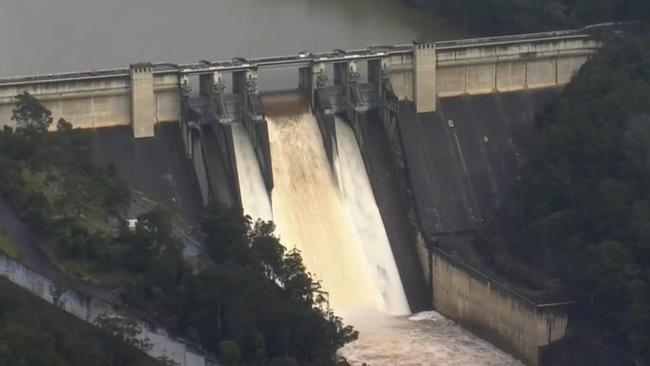
NSE dam spilling worry
NSE Dam Spilling Worry Rising Waters Trigger Concern Amid Heavy Rainfall
The recent heavy rains in New South Wales (NSE) have brought a mixture of relief and concern as several major dams in the region approach or exceed their capacity limits, leading to unprecedented spill events. These spillages, while an indication of plentiful water supply after years of drought, raise complex questions about flood management, infrastructure resilience, and community safety downstream. As dams release excess water to protect their structural integrity, authorities and residents face difficult decisions balancing the benefits of replenished water reserves against the risks of flooding in vulnerable areas.
NSE has experienced a wetter than usual season driven by atmospheric patterns including La Niña influences and shifting climate variability. These weather conditions have led to sustained heavy rainfall across much of the state’s river catchments, rapidly filling reservoirs such as Warragamba Dam near Sydney, and the Glenbawn and Wyangala dams inland. Warragamba, which supplies drinking water to millions, recently reached capacity, triggering controlled spills into the Hawkesbury Nepean River system. This action, essential to prevent dam overflow, has heightened flood risk downstream where communities lie close to riverbanks.
The hydrological dynamics of dam spillages are complex. While dams serve as flood mitigation tools by regulating river flow during heavy rain, once their maximum storage is reached, excess water must be released to maintain dam safety. In NSE, the infrastructure was designed decades ago with certain weather assumptions that are increasingly challenged by contemporary climate trends marked by extreme rainfall events. Sudden, large spill events can lead to river levels rising rapidly, overwhelming levees, floodplain vegetation, and drainage systems designed for less intense flows, thereby magnifying flood damage risks.
Communities downstream of spilling dams are caught in a difficult position. On one hand, they benefit from long term drought relief and stable water supplies; on the other, they face immediate threats of inundation, road closures, property damage, and displacement. Emergency services have ramped up flood warnings and evacuation plans in flood prone areas. Public messaging emphasizes vigilance and preparedness, particularly in low lying neighborhoods and towns historically vulnerable to river flooding. Yet, the unpredictability of spill timing and volume complicates planning, as even short notice can make evacuation challenging.
The environmental consequences of dam spill events are also notable. Rapidly released water carries sediments, nutrients, and sometimes contaminants accumulated in reservoir bottoms, altering downstream water quality. Aquatic ecosystems face sudden changes in flow rates and sediment loads, which can disrupt fish spawning grounds and riparian habitats. Conversely, spill events can also rejuvenate floodplains that rely on seasonal flooding for nutrient cycling and biodiversity support. Understanding these ecological trade offs is essential for holistic water management policies balancing human safety, water security, and environmental health.
Managing these spill risks requires a multi pronged approach. Infrastructure upgrades to increase dam capacity or improve spillway design may be necessary to accommodate changing hydrological patterns. Enhanced real time monitoring using remote sensing, flow gauges, and predictive hydrological models can provide earlier warnings to downstream communities and emergency responders. Additionally, land use planning must integrate flood risk assessments to avoid placing new developments in high risk zones. Strengthening community resilience through education, flood insurance availability, and emergency response coordination remains a priority.
The spill concern in NSE also highlights broader challenges posed by climate change. Models predict that intense rainfall and flood events will become more frequent and severe in Australia’s east coast region, demanding that water infrastructure evolve accordingly. Investing in adaptive water management systems that can handle variability while safeguarding both water supply and flood control is imperative. Collaborative efforts involving government agencies, scientists, engineers, and local communities are key to developing flexible, forward looking strategies capable of addressing uncertainties inherent in future climate scenarios.
In conclusion, the recent spill events at major NSE dams symbolize both the blessings and challenges of increased rainfall following extended dry periods. While overflowing reservoirs reflect a welcome replenishment of vital water stores, the associated flood risks cannot be underestimated. Navigating this delicate balance will require careful, coordinated management to protect downstream populations without compromising the structural safety and water security that dams provide. The situation serves as a reminder that infrastructure built for a different climate era must now adapt to the realities of a changing environment, with an emphasis on resilience, innovation, and proactive planning.











